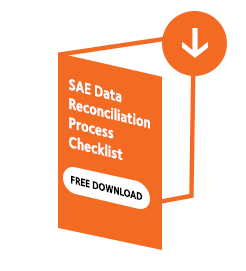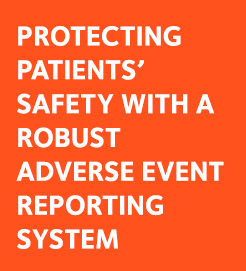Sponsors of clinical trials prefer to perform SAE data reconciliation during the course of their studies rather than waiting for database closure. By doing so, the risk to overlook discrepancies and the time to submission are reduced. But without the right tool, sustaining the pace of SAE data reconciliation over the time of a study can become a hassle for clinical teams. So, what can Data Management and Drug Safety teams expect from an SAE data reconciliation software?
The SAE data reconciliation process is more complex than it seems. Navigating back and forth between two databases to search missing SAEs and discrepancies and compare data that can change over time, coordinating operations involving different functions when staff comes and goes, tracking pending discrepancies at site-level or documenting all the study reconciliation operations for GxP compliance and audit are only a few of the challenges faced by Data Managers and Drug Safety Officers in this process. Another great challenge, and not the least, is of course time to submission. The sooner the clinical database is locked, the better. This is why sponsors prefer to perform their SAE data reconciliation sooner rather than later, even if teams have to track safety data updates throughout the study.
Performing those tasks manually is not only error-prone but also time consuming. No one wants to risk overlooking a missing SAE or a discrepancy. The quality risk is too great.
An electronic SAE data reconciliation software can help in many ways. One of the greatest benefits is perhaps the capability to record all the actions performed in the system in an audit trail, allowing to automatically document all changes performed in the safety or clinical databases. Such a tool, if well-conceived, will also make it easy to compare records from two distinct databases and search missing SAEs or discrepancies, detect changes in source data and spot the latest changes so that time is no longer wasted scrutinizing interim changes. It will also make it easy to manage all reconciliation-operations related tasks. Last but not least, a performing SAE data reconciliation software will be customizable at configuration to match the needs of a specific team and study.
In short, one should expect from an SAE data reconciliation software that it saves time, reduces errors and prevents major compliance breaks. Choosing the appropriate tool is therefore paramount to the success of your SAE data reconciliation.
DOWNLOAD NOW THE FREE SAE RECONCILIATION HANDBOOK
The Manual / Reference Book with all the topics related to the Safety Data Reconciliation Management.







